The velvet roll-rim mushroom is a pretty easy mushroom to identify due to its distinctive chocolate brown cap and velvety stem. The velvet roll-rim (Tapinella atrotomentosa) is not edible but is beautiful and a common find across northern North America.
- Scientific Name: Tapinella atrotomentosa (Previously Paxillus atrotomentosus)
- Common Names: Velvet roll-rim (velvet rollrim), velvet footed pax, velvet footed tap
- Habitat: On decaying conifers
- Edibility: Inedible
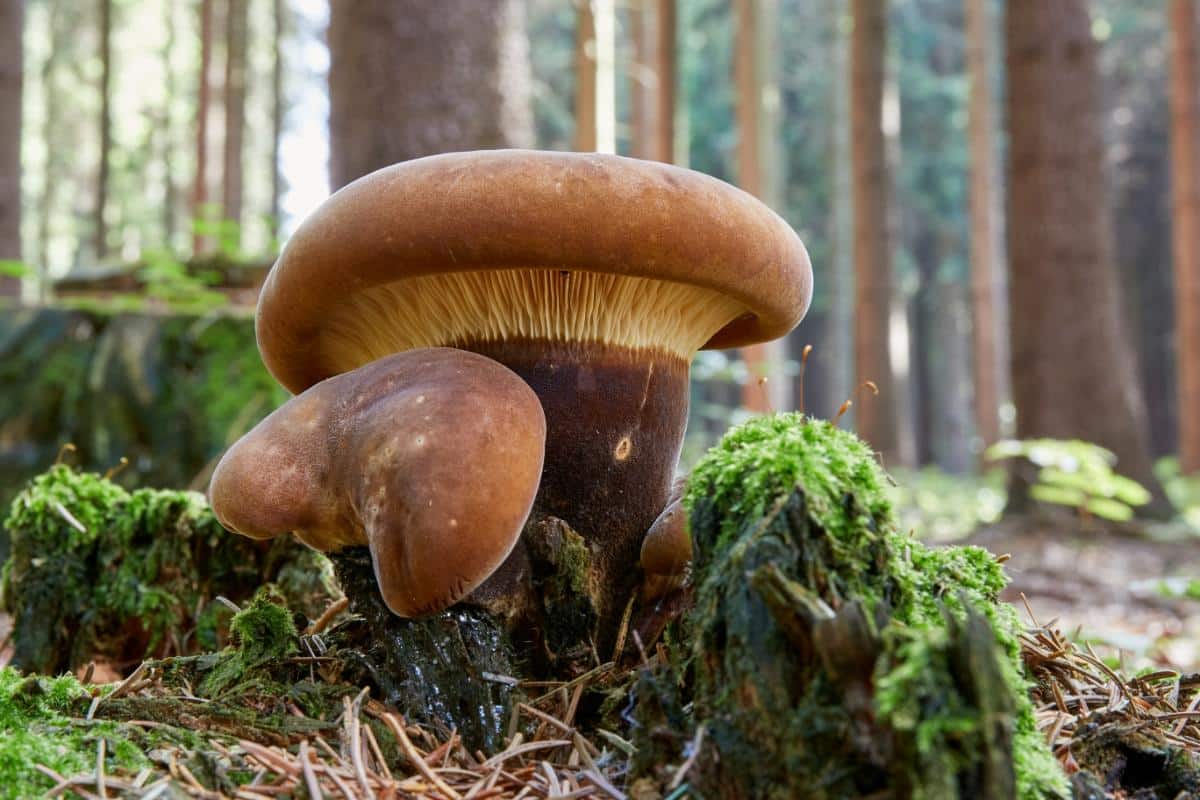
Jump to:
All About The Velvet Roll Rim
German naturalist August Batsch first documented this species in 1783, naming it Agaricus atrotomentosus in his work “Elenchus Fungorum.” The mushroom’s current scientific classification underwent several taxonomic revisions, with Josef Šutara establishing its present name, Tapinella atrotomentosa, in 1992. Since its latest scientific name is still relatively new, you’ll still see it in identification books and online under its old name, Paxillus atrotomentosus.
The species’ nomenclature reflects its distinctive appearance. The Latin term “atrotomentosus” literally means “black-haired.” The genus Tapinella, established by French mycologist Jean-Edouard Gilbert in 1931, derives from “tapis,” meaning carpet, a reference to the mushroom’s distinctive velvety texture.
Despite its gill-like structure, modern genetic analysis reveals that the velvet roll-rim belongs to the order Boletales (primarily pored surface mushrooms).
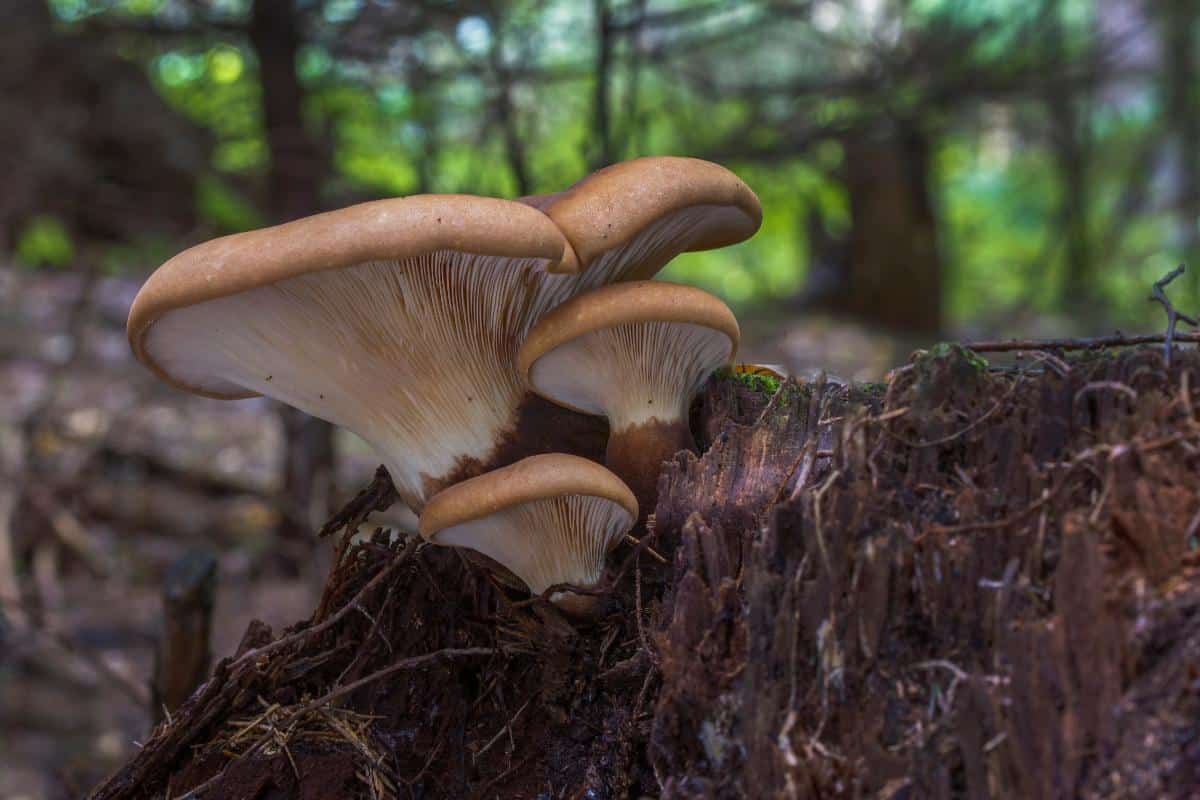
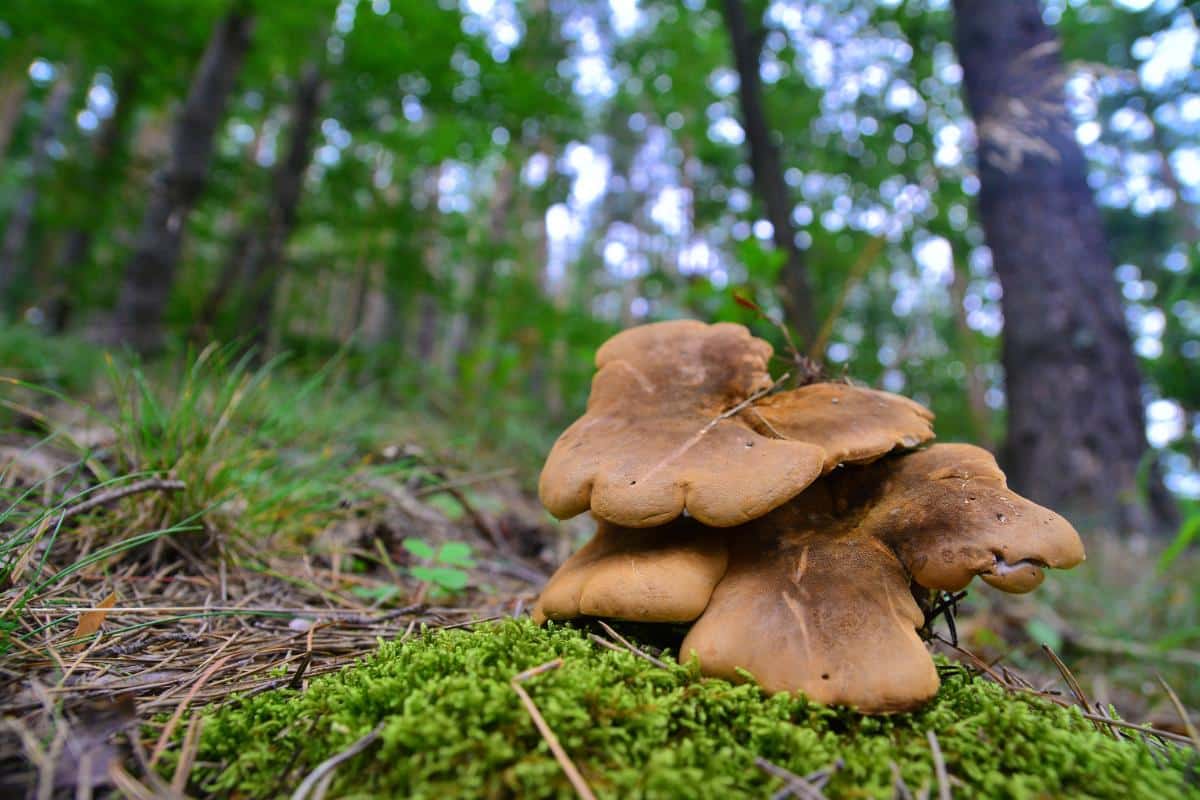
Velvet Roll-Rim Identification Guide
Season
The velvet roll-rim appears throughout summer and autumn. It often persists even during drier periods when other fungi are scarce.
Habitat
The velvet roll-rim is a saprobic fungus that colonizes dead wood and stumps. It prefers coniferous trees, mainly pine and spruce species. This mushroom always grown on wood; it does not grow from the ground. This feature is one primary way it is separated from lookalikes in the Paxillus genus.
It can be found growing alone or in groups. Sometimes, it also grows in clusters.
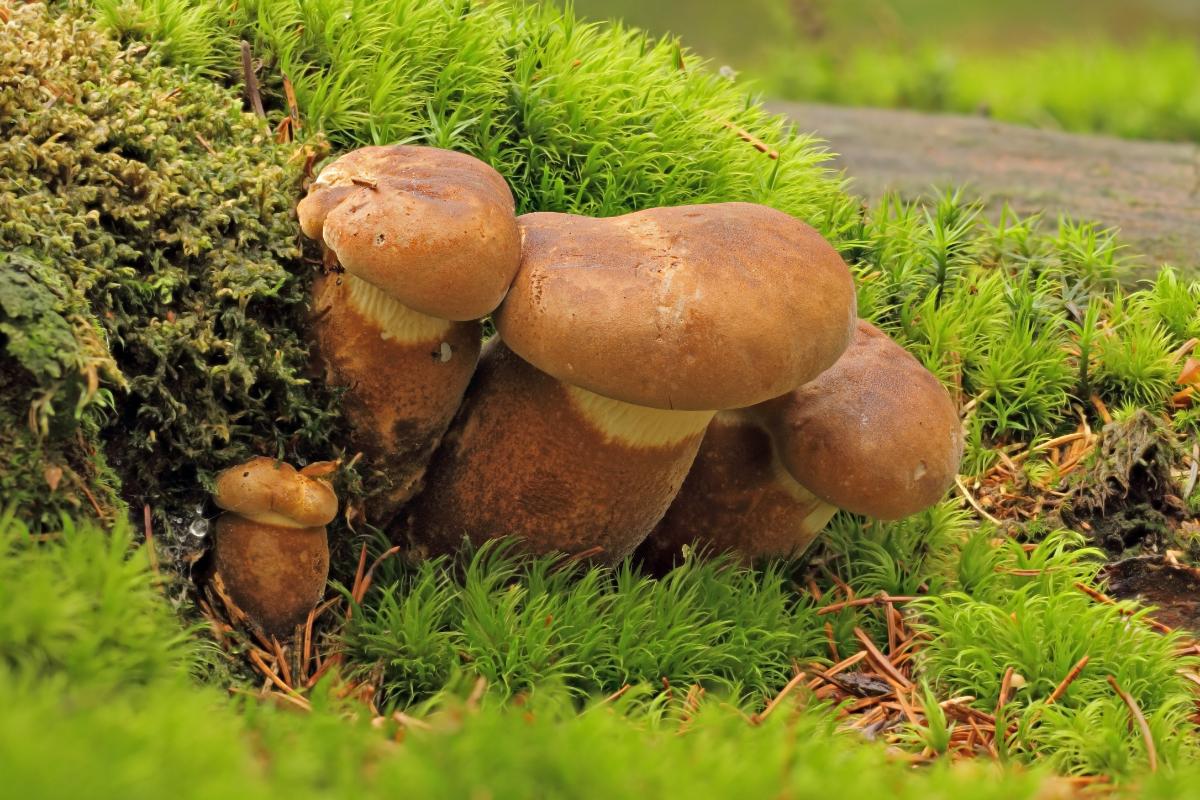
Identification
Cap
The cap of the velvet roll-rim mushroom is 2-5.5 inches across, but some reach a whopping 11 inches wide. Its surface is densely velvety and dry to the touch. Young specimens are brownish-yellow to reddish-brown in color, while mature caps are a deeper sepia or walnut-brown shade.
The cap tends to become flat or slightly vase-shaped with age and often has a yellowish edge despite the darker center. The cap’s distinctive rolled rim (cap edges rolled under), which gives this mushroom its common name, becomes less pronounced as it matures. Often, it just looks slightly rolled under. The cap edges usually look scalloped with age, too; they do not grow equally or create a perfectly rounded shape.
The overall look of this mushroom species is short and, squat and very dense.
Stem
The stem is 1.5-4 inches long and is thick and sturdy. It has a dark brown to blackish velvety fur covering it– this is a key identifying factor. With older and larger specimens, the top of the stem might be white, and the lower half of the stem will be velvety. The stem may be centered or off-center.
Gills
The gills run decurrently down the stem and can be separated as a distinct layer (peeled off). They are initially white in young specimens but transition to a cream-yellow color as the mushroom matures. Near the stem, the gills develop frequent forking patterns and cross-veins — this gives them a unique network-like appearance. This forking pattern becomes more pronounced with age.
Flesh and Smell and Taste
The flesh is thick and firm and may be white or have a yellowish hue. The velvet rollrim has a distinctive mealy or cucumber-like odor. Its taste is acrid.
Spore Print
The spore print is yellow.
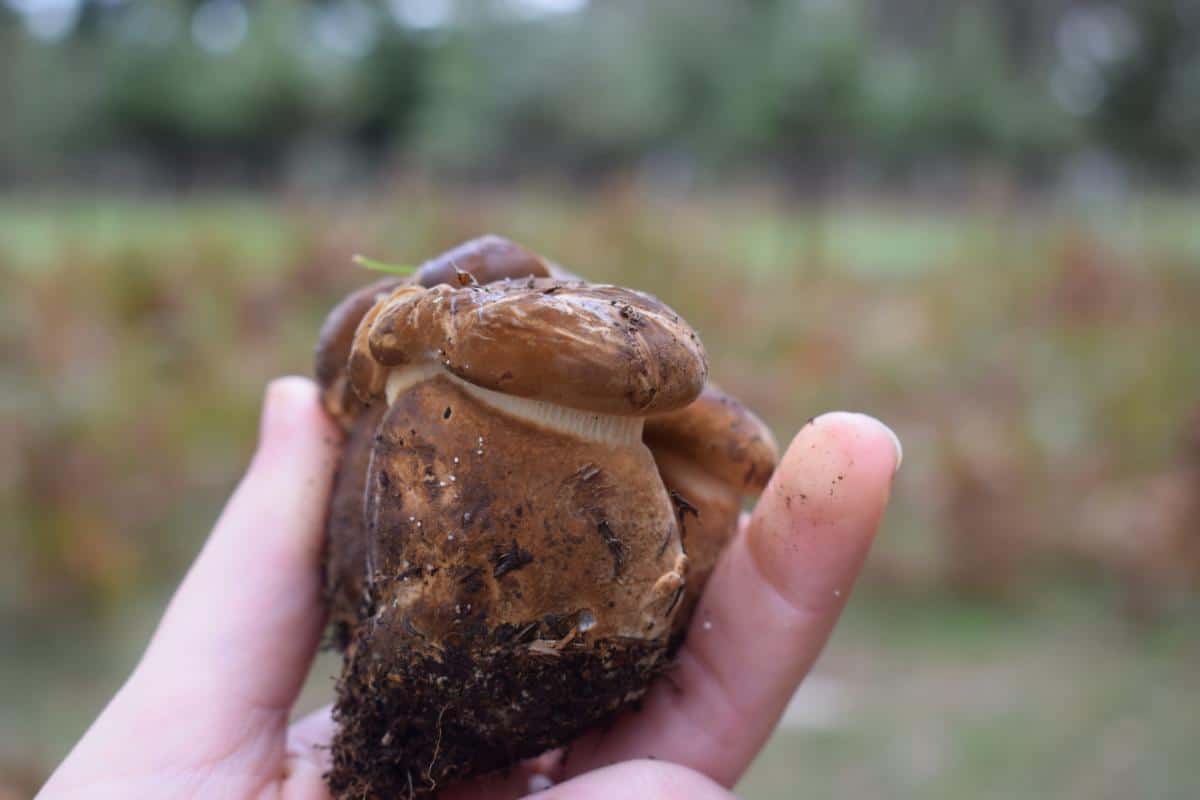
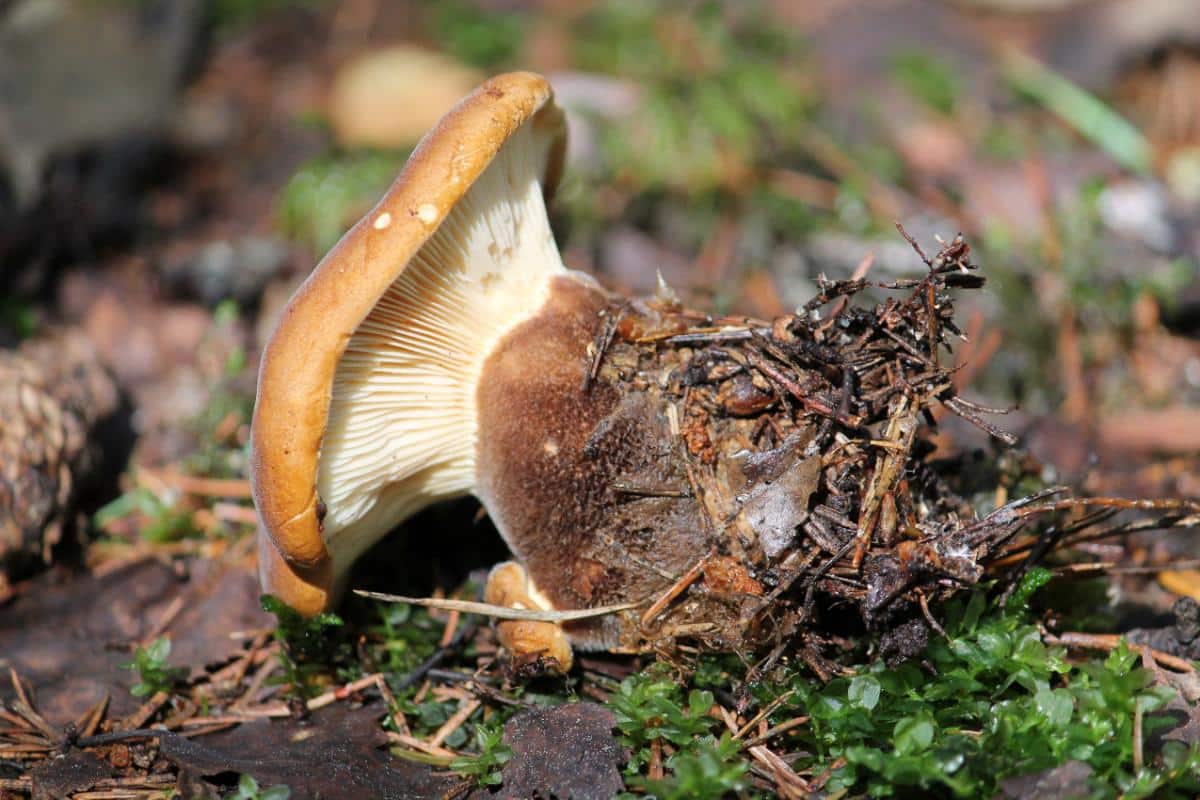
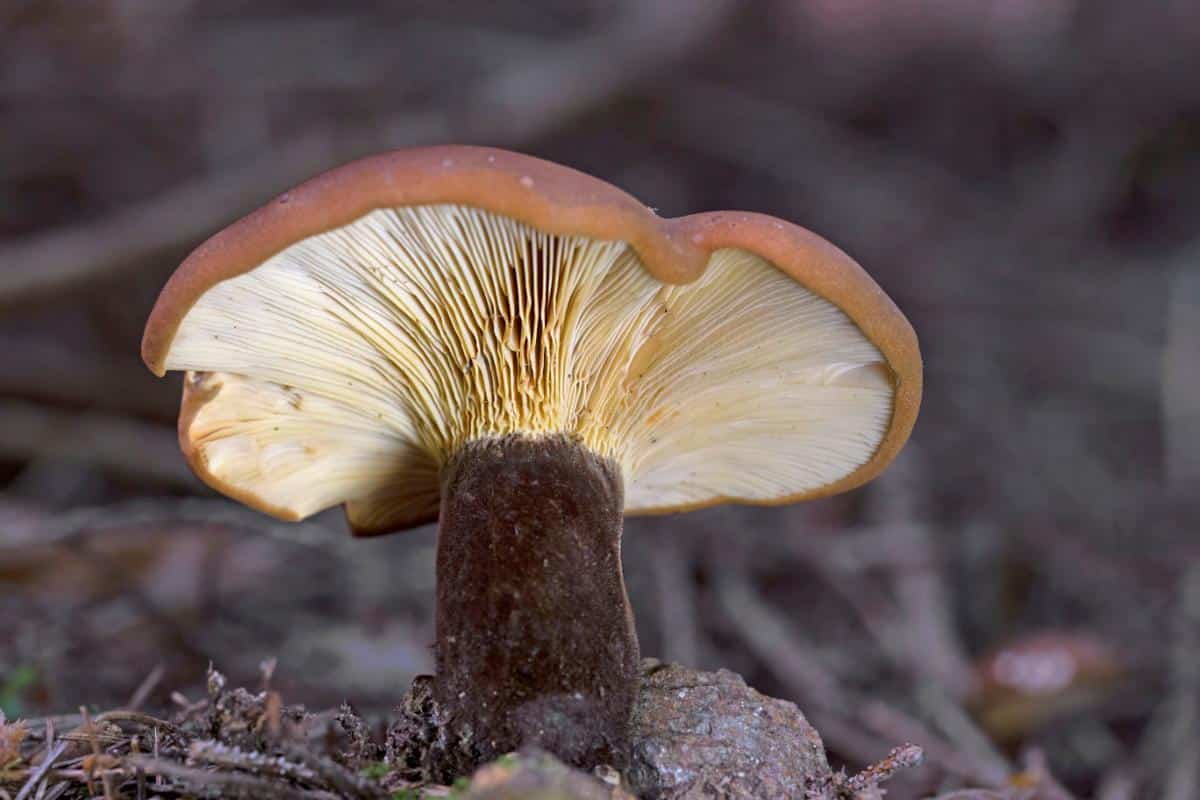
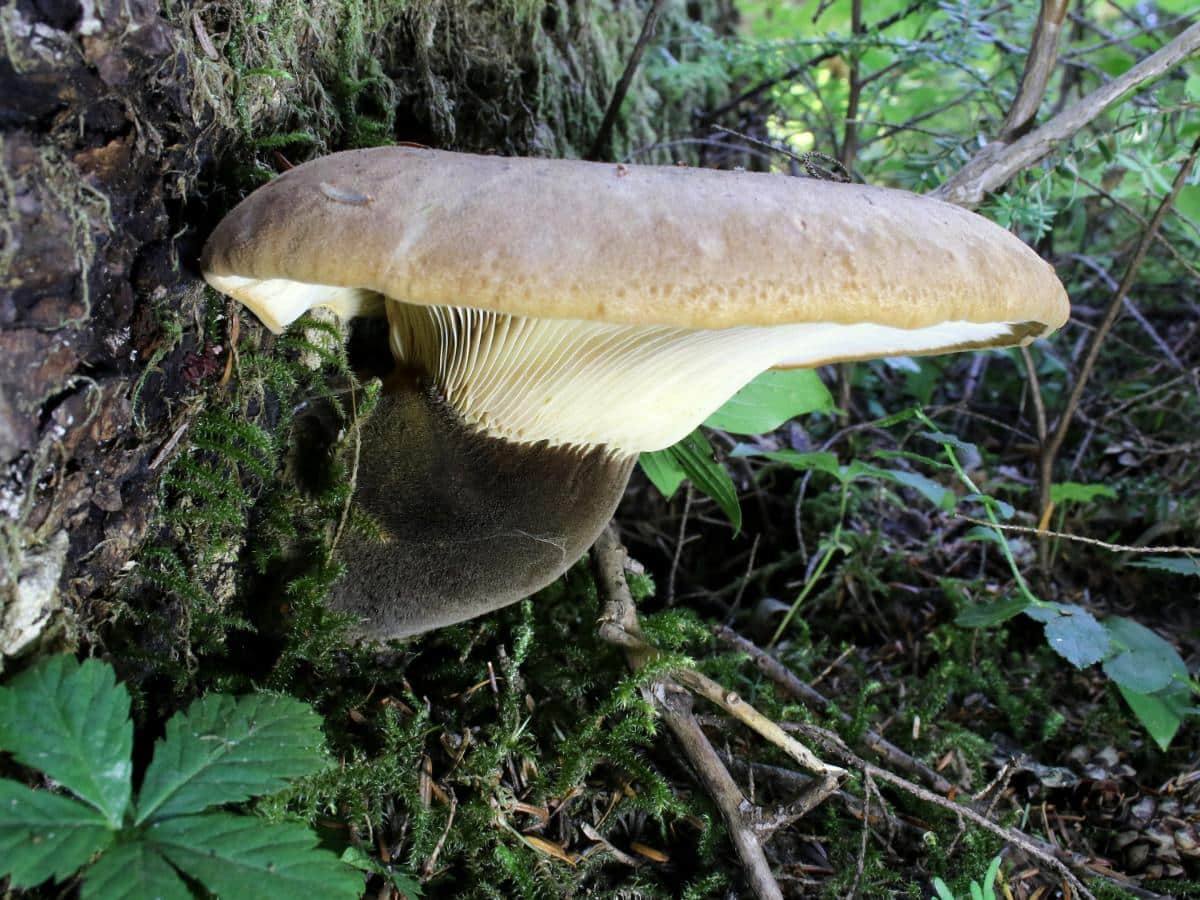
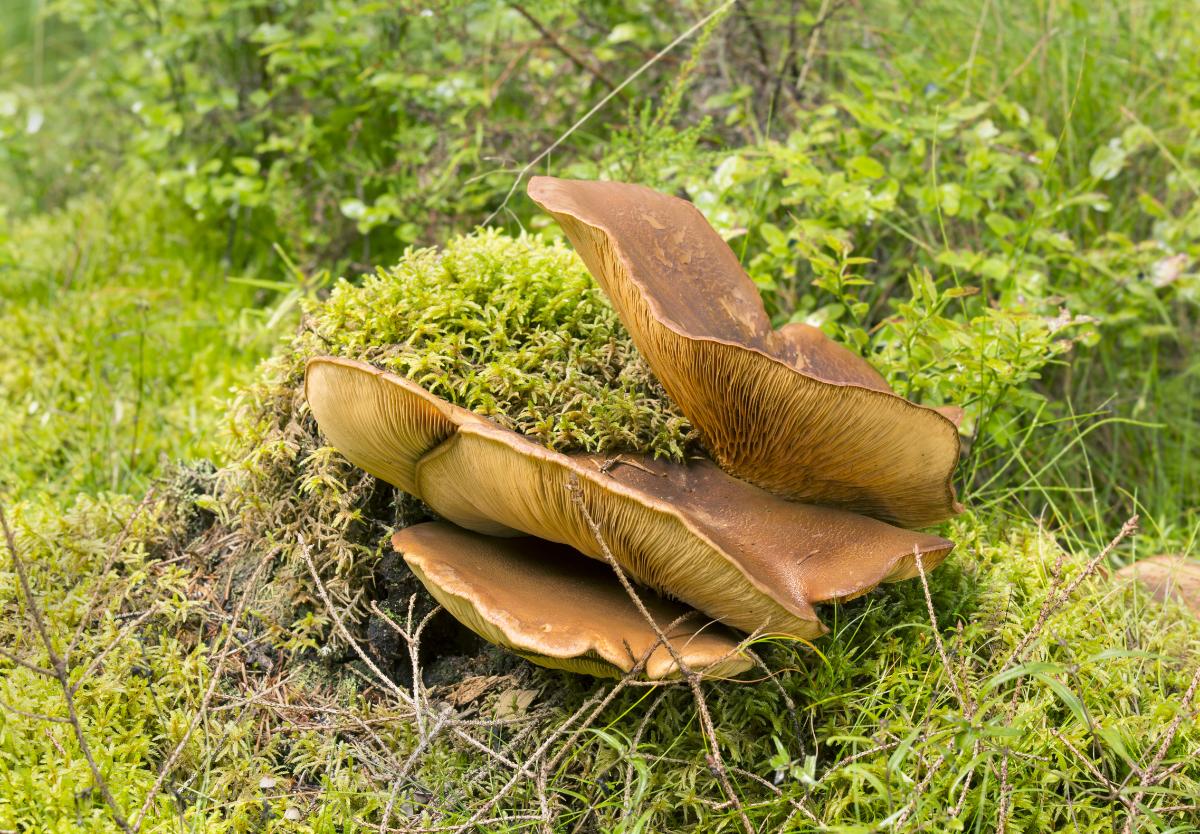
Velvet Roll Rim Lookalikes
Brown Roll-rim (Paxillus involutus)
This is the most concerning lookalike to the velvet roll-rim. This similarity has led to dangerous misidentifications in the past, particularly in regions where both species coexist. The brown roll-rim contains toxins that can accumulate in the body over time, potentially leading to severe health complications.
The primary and quickest way to tell them apart is by the velvety stem of the velvet roll rim. The brown rollrim does not have a velvety stem.
Since we don’t recommend eating velvet roll-rim mushrooms, confusing them with the brown roll rim isn’t usually an issue. However, if you do intend to consume either of these species, make sure you read well up on them and the issues associated with eating them.
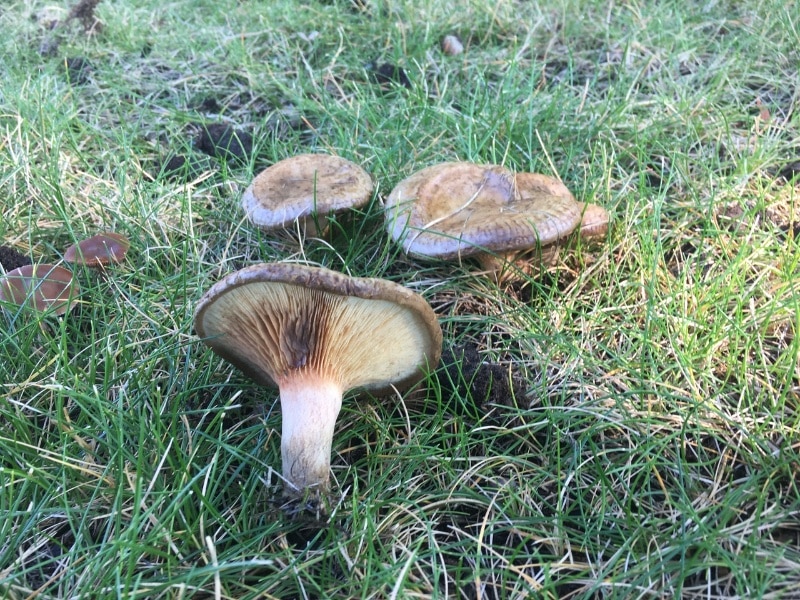
Velvet Rollrim Edibility
The edibility of this species is complicated, but it is best not to consume it. In Eastern Europe, this and related species were traditionally collected for the table. However, the mushrooms contain toxins that cause gastrointestinal distress. The toxins and bitter flavor may dissipate with boiling, but that isn’t guaranteed.
This species isn’t poisonous in that it’ll kill you, but you probably won’t like the aftereffects.
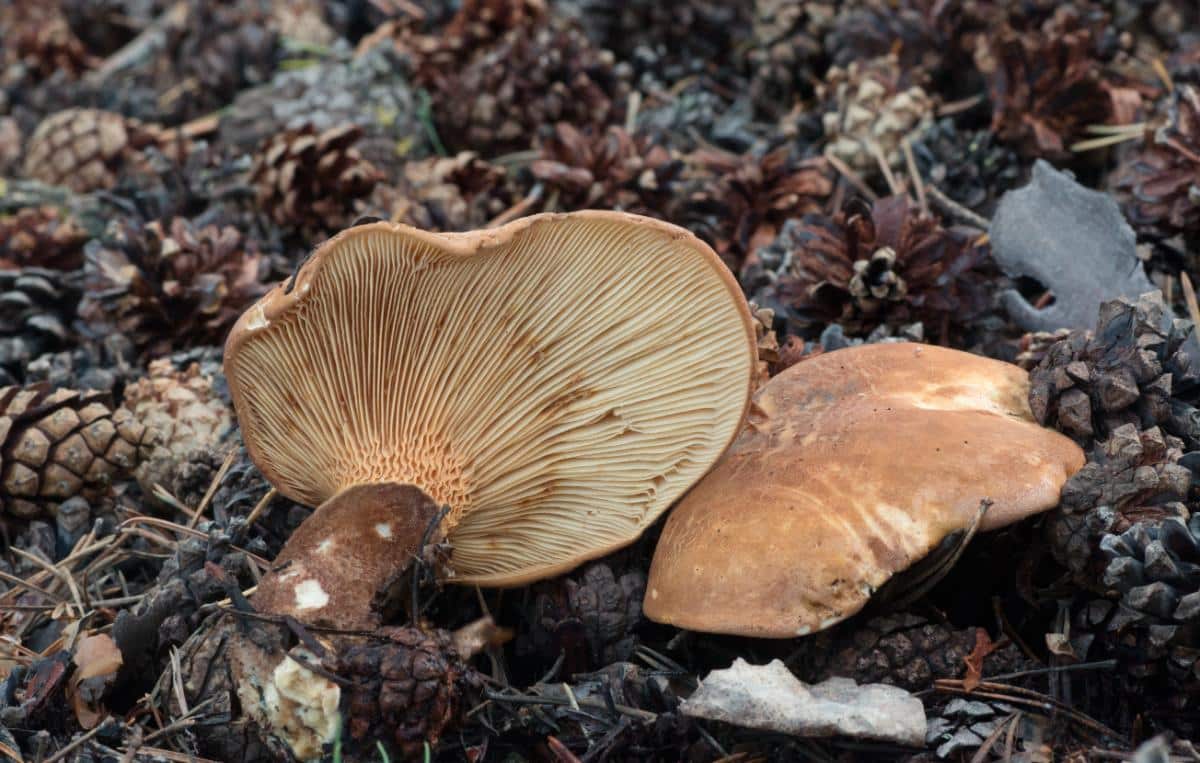
Dyeing With The Velvet Roll-Rim Mushroom
This mushroom produces a rich palette of colors ranging from soft pinks to deep purples. Unfortunately, the colors are not very stable and often fade to gray, but it is still fun to play around with.
Common Questions About The Velvet Roll-Rim Mushroom
Is velvet-footed pax edible?
This mushroom is collected in some regions for the table. However, it has a very bitter taste and requires specific preparations to make it eatable. We do not recommend foraging this mushroom for eating.





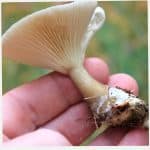

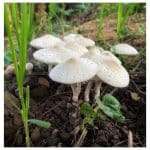
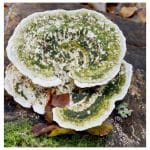
Leave a Reply